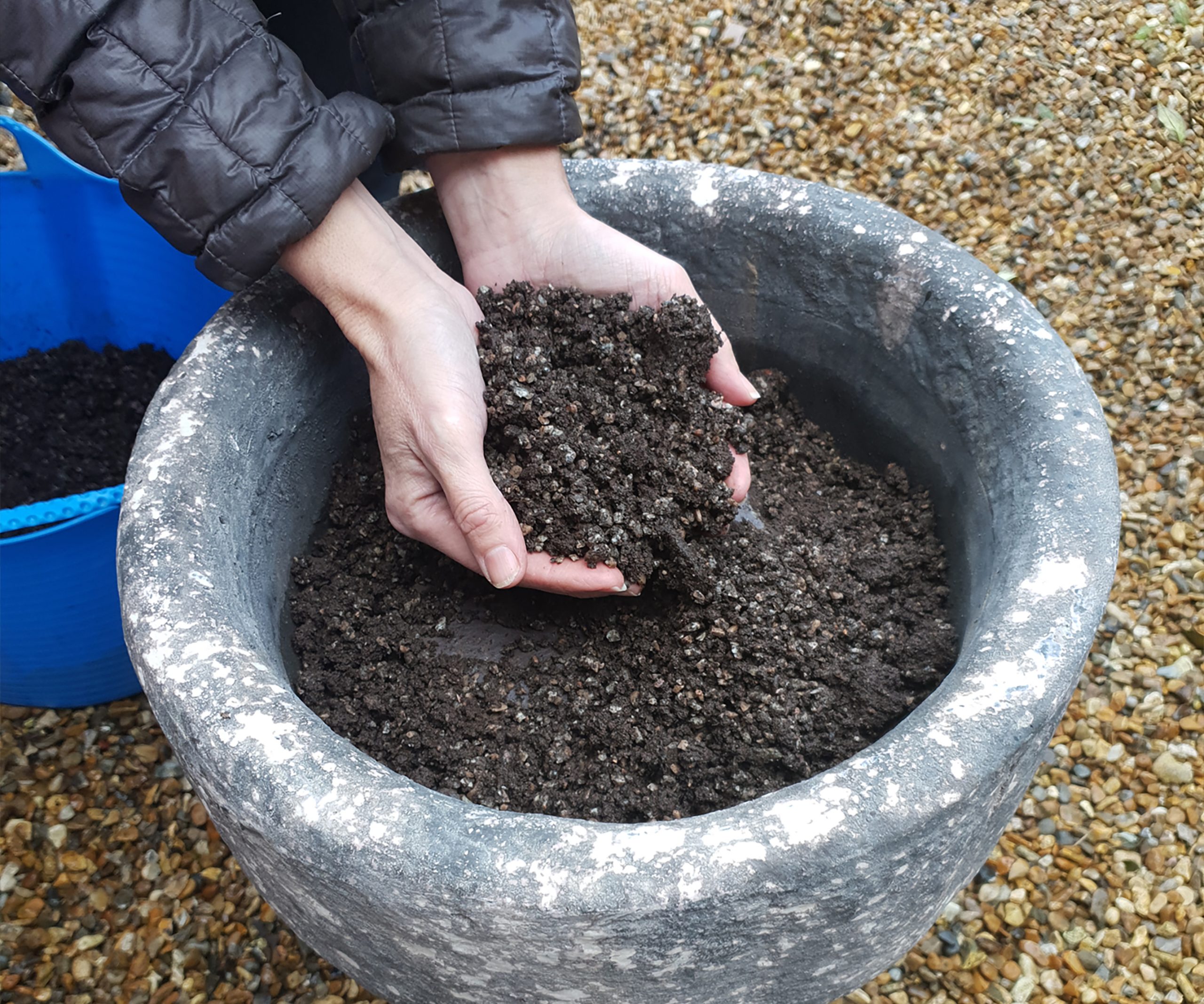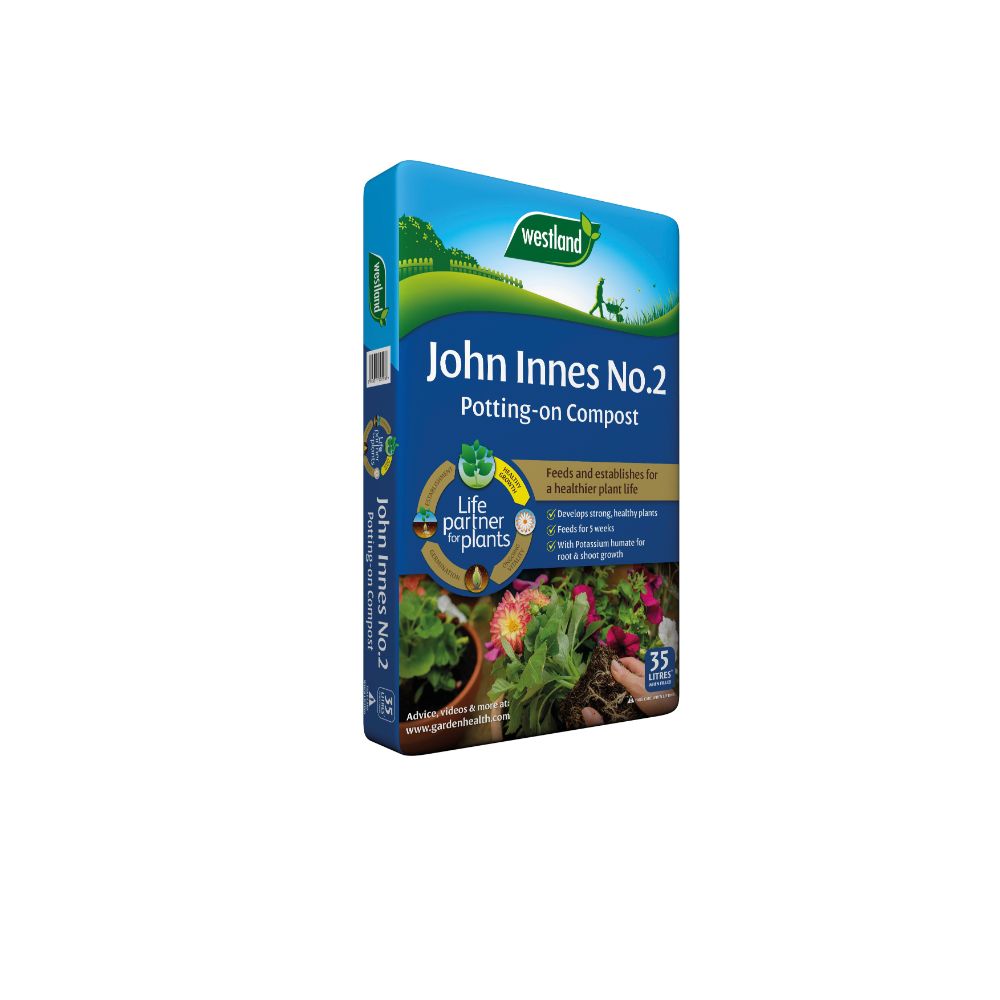
Alpine Gardens – Where to start?
As their name suggests, Alpine plants originate from areas of high elevation. The exposed conditions, thin soil and cold temperatures mean the plants are hardy, small and don’t tend to grow tall but flower prolifically. The key to productive Alpine gardens is good drainage and sunshine.
Their compact size makes them ideal for small gardens and containers or you can create an alpine feature in your garden. The range of Alpines available is diverse so are usually grown as a collection which you can enjoy building.
Getting the Right Look
When choosing Alpines here a few useful points to consider.
- Flower colour – spread colour across the year by choosing plants that will flower throughout the seasons
- Foliage – choose different colours, both deciduous & evergreens
- Spread – check the plant label to ensure you are aware of how the plant will spread
- Size – select plants of different heights for interest
- Style of growth – some cascade, others grow upright and there are low growing spreading varieties

Not sure where to start?
Here are 6 Alpines we recommend you try in your own Alpine gardens this year.

Pasque Flower
Violet, anemone-like flowers with hairy, feathery foliage which flowers in late spring.

Saxifrages
Lots of plants fall into this group, mossy saxifrages such as ‘White Star’ offer a great show late Spring-early Summer.

Creeping Thyme
Low growing scented plant which is evergreen, with a show of flowers in Summer.

Sedum
There are a vast array of plants to choose from in this group, we recommend ‘Cape Blanco’ which flowers in early Summer.

Primula
Primulas are a pretty addition to your alpine collection. On the whole, they are easy to grow and flower in Spring.

Alpine Bulbs
There are many bulbs are suitable for Alpine gardens or containers. Such a Cyclamen, Iris, Crocus and dwarf Narcissus which all make great additions
Caring for your Alpines
They are low maintenance so caring for your alpine collection is easy
- Water as required – they do not like to be waterlogged!
- A container collection will benefit from a liquid feed annually April – October
- Keep on top of weeds and give a light prune when necessary

How To Guide: Planting an Alpine Container
TOP TIP: Good drainage is key so a container must have drainage holes in the base. The container will need to be sat on feet so it doesn’t get waterlogged.

Use 50:50 mix of soil based compost, we recommend John Innes No 2 this should be mixed with horticultural grit or sharp sand.

Arrange the plants in the container with any rocks or slate you choose to add. This helps you get your layout right before you start planting.

Ensure any trailing plants are placed near the edges. Remember to leave enough space for the growth of plants, 5-10cm apart should be sufficient. Once planted, firm the compost.

Finish by sprinkling a thin layer of decorative horticultural gravel to enhance the drainage and deter some of the potential weed growth.

Once planted, water well and wait for the blooms!
Essential kit for Alpines.
Here are a few things we think will help you be productive with your alpine project.
































